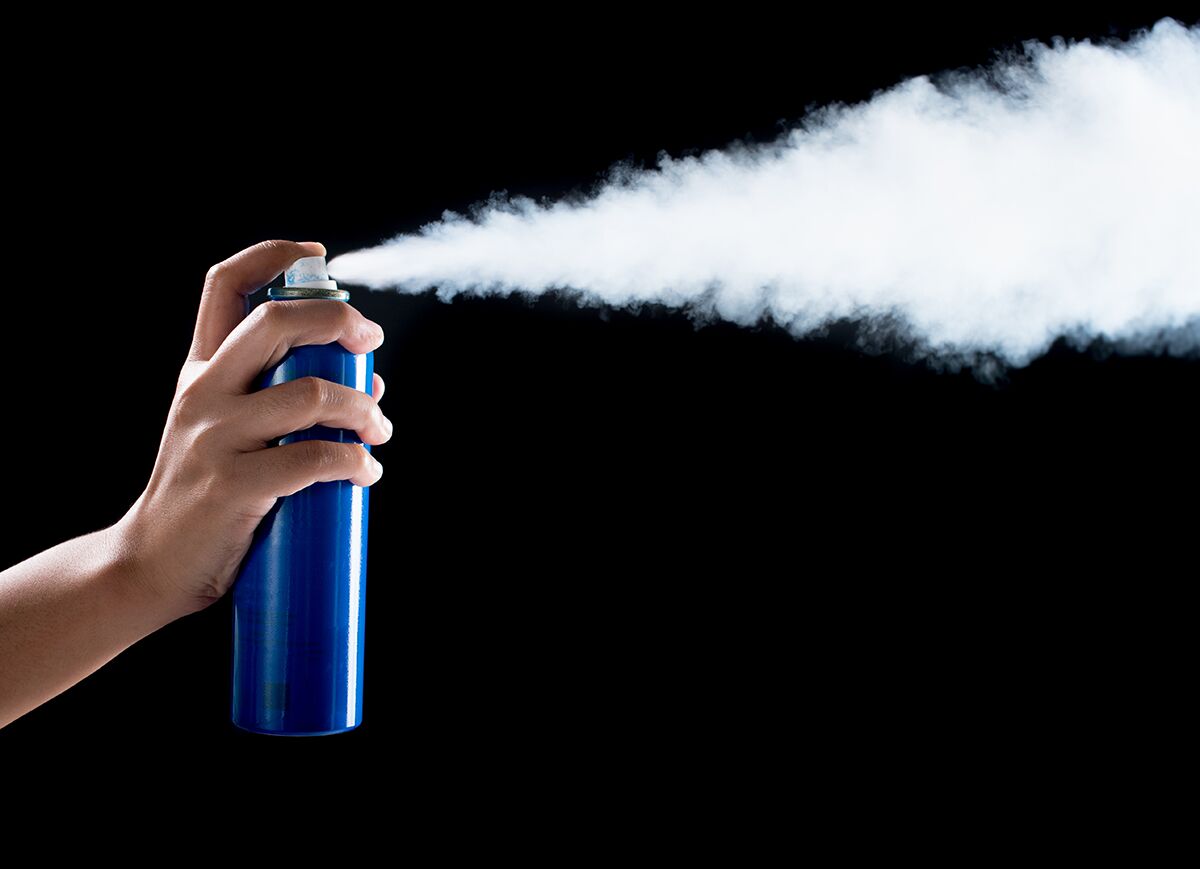Introduction to Aerosol Measurement Techniques and Applications

Over the past few decades, it has become increasingly important to actively measure and control aerosol use. While the application of aerosols remains critical to the function of a wide range of industries, including manufacturing and agriculture, there’s also increasing social concern regarding the impact that aerosols have in regards to air pollution, atmospheric science, nanotechnology, chemical manufacturing, medicine, and pharmaceuticals.
If you are going to work with aerosols, it’s important to understand how to measure them.
How aerosols are measured
There are two different categories in which aerosols are generally measured; there are ensemble measurements and single particle measurements. As the name suggests, single particle measurements are, simply, the measurement of the properties of individual droplets of the aerosol in question. Ensemble measurements, meanwhile, take the entire aerosol dispersion, and then average out the properties of all the droplets – as droplets will vary slightly in properties, this is a more reliable way to get a general reading on the use of aerosols in application (since aerosols are not applied one droplet at a time).
Single particle measurements are the more accurate and provide a more in-depth analysis of the aerosol’s mass and heat transport kinetics. Furthermore, this form of study will produce a better understanding of the thermodynamic equilibrium state of the aerosol.
Where aerosols are measured
There are also two different locations where aerosols can be measured. On the one hand, there are laboratory measurements, in which the aerosol will be measured in an idealised environment in order to look at the behaviour and properties of the aerosol in isolation. Field measurements, meanwhile, focus on the behaviour and properties of the aerosol in the natural environment. These measurements generally focus on establishing an estimate of the droplet concentration and chemical composition.
Finally, all of this comes together when scientists look to make modelling studies, which, as the name suggests, look to build a model and quantify the impact that the aerosol will have on the atmosphere, as well as the local and global effects of its use.
Why does all this matter?
Aerosols are a health risk in great enough quantities, and so in the interest of risk assessment, it’s important to be able to read and understand the size distribution of aerosols. When a particle is inhaled by a person, particles of different sizes and diameters will end up in different parts of the respiratory system. When particles get small enough to be nanoscale, they can penetrate the air blood barriers in the lungs and, from there, wind up in places such as the brain, heart, and liver. Naturally, this can have serious health implications.
As a result, organisations and governments that consider the importance of the health of those working in and around places where aerosols can be found need to understand the particles, and from there the potential risk they pose to the human body.
Benefits of measuring droplet sizes
In addition to the health benefits of properly measuring aerosol droplet sizes, as outlined above, such innovations can also be used for a host of other benefits. For example, researchers can use the techniques for measuring aerosol droplets to develop more effective approaches to orally inhaled and nasal drug products. The technology even has applications in fields such as automotive, where measuring the droplet size observed during the rapid firing of automotive fuel injector systems can produce data that can improve combustion efficiency.
Tools to measure droplet sizes
There are tools that have been developed that can help researchers determine the safety of a spray particle. For example, the Malvern Spraytec utilises laser diffraction technology to measure the size of the droplets and particles in an aerosol substance as they pass through the laser.
This information is then collected as data and analysed to calculate a precise size of the droplets. The machine is so precise that it can take readings of aerosol (including sprays, aerosols, droplets, inhalers, nebulisers) particle sizes from 0.1 to 900µm through to 2 to 2000µm, to an accuracy of better than 1%.
The information that is provided is done in real time (10,000 measurements every second), and the system comes with software that controls the measurement process and analyses the light scattering data. The software that powers the technology provides technical compliance to the requirements of 21 CFR Part 11 and ISO 13320:2009. These are international standards for laser diffraction measurements, meaning they are highly reliable and respected.
The chances are that if you’re working with aerosols, or, more broadly, gases, then the ability to measure droplet size will help you meet regulatory and health compliance requirements, as well as lead to improvements in the development and use of these tools. For more information on the Malvern Spraytec, contact ATA Scientific on (02) 9541 3500.




 02 9541 3500
02 9541 3500